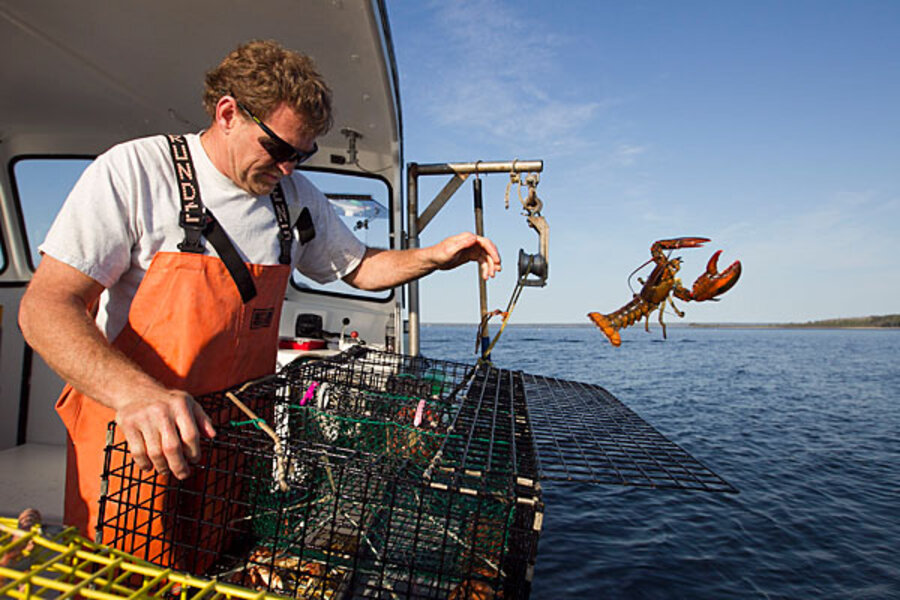Waters off Northeast US coast unusually warm, says NOAA
From North Carolina to Maine, the waters have been unusually warm lately.
This is according to the National Oceanic and Atmospheric Administration's Northeast Fisheries Science Center, which issued an advisory today noting that sea surface temperatures in the Northeast Shelf Large Marine Ecosystem during the second half of 2012 were the highest recorded in 150 years.
According to the advisory, sea surface temperatures in this region, which extends from Cape Hatteras to the Gulf of Maine and outward to the boundary of the continental shelf, increased dramatically to reach a record 57.2 degrees Fahrenheit, beating a previous record high in 1951. The average temperature over the past three decades has been typically lower than 54.3 degrees Fahrenheit.
The temperatures were recorded via satellite and ship-board measurements. Historical measurements, based on ship-board thermometers, date back to 1854. According to NOAA, the warming was the greatest increase on record, and one of only five instances when the temperature has changed by more than 1.8 degrees Fahrenheit. These drastic changes have not been noted elsewhere in the ocean basin, although in recent years global sea surface temperatures have been the highest on record.
The warmer ocean temperatures might be good news for beachgoers in the Northeast, but they could also disrupt ecosystems, along with the livelihoods that depend on them. The report notes that black sea bass, summer flounder, longfin squid, and butterfish have been migrating northeastward. Lobsters are migrating too, but at a slower rate.
The report quotes Michael Fogarty, who heads NOAA's the Ecosystem Assessment Program:
“What these latest findings mean for the Northeast Shelf ecosystem and its marine life is unknown,” Fogarty said. “What is known is that the ecosystem is changing, and we need to continue monitoring and adapting to these changes.”






